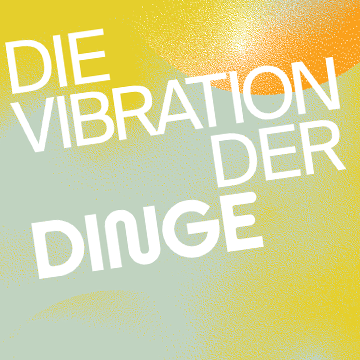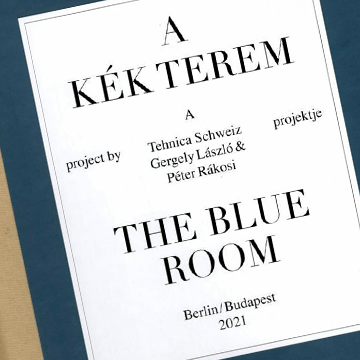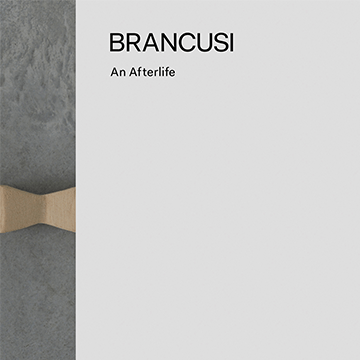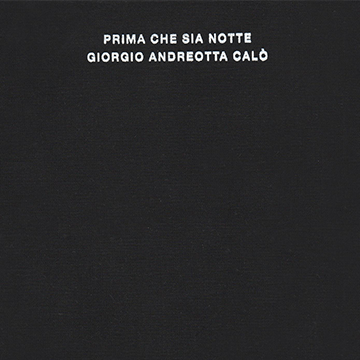Things, including artistic objects, are integrated into social and societal contexts. Objects are alive, they vibrate and generate resonance. When they travel, their meanings and values shift. They possess a charge that can change and even disappear.
Tag: sculpture
The Blue Room
The Blue Room by the artistic duo Tehnica Schweiz (Gergely László and Péter Rákosi) is an installation comprising a film and a porcelain sculpture collection. The work is aimed at the re-examination of our relation to architectural and material cultural heritage, merging two stories: the story of the Hungarian Museum of Fine Arts's nineteenth century plaster cast collection of antique sculptures, and that of the eighteenth century synagogue of Tata, which served to house the life-size copies of antique sculptures for more than forty years.
Brancusi. An Afterlife
Posthumous interpretations of the life and work of Constantin Brancusi, as employed by Alexandra Croitoru in her artistic research, are part of what can be understood as the ‘Brancusi effect’ in post-Stalinist Romanian culture. Unlike the established concept of influence, which denotes a relationship of causality between an active agent and a passive receptor, the term ‘effect’, the same as ‘afterlife’, has the advantage of affirming a plurality of cultural agents that contribute to a given cultural construct; it also allows the affirmation of a retrospective influence on the meaning of Brancusi via terms such as re-contextualisation, re-modeling, re-signification, etc. The cultural signifier Brancusi has inevitably expanded its range of significations. Readings of it, as well as its cultural meaning, can no longer be purely aesthetic.
Prima Che Sia Notte
This monograph has been published in connection with the MAXXI’s Premio Italia Contemporanea prize that Giorgio Andreotta Calò won in 2012 and was developed in collaboration with him focusing on his installation Prima Che Sia Notte. The work of Calò — performative and ephemeral — rests at the intersection of art and architecture. He intervenes on buildings and landscape, appropriating and transforming architecture and space into symbolic and aesthetic experiences. His most significant works include a series of walks that took him 1,600 miles through France, Spain, and Portugal, or 98km along the abandoned coastal train line in Lebanon, or the appropriation of the abandoned parliament building in Sarajevo which he illuminated from sunset to sunrise with an artificial light.



